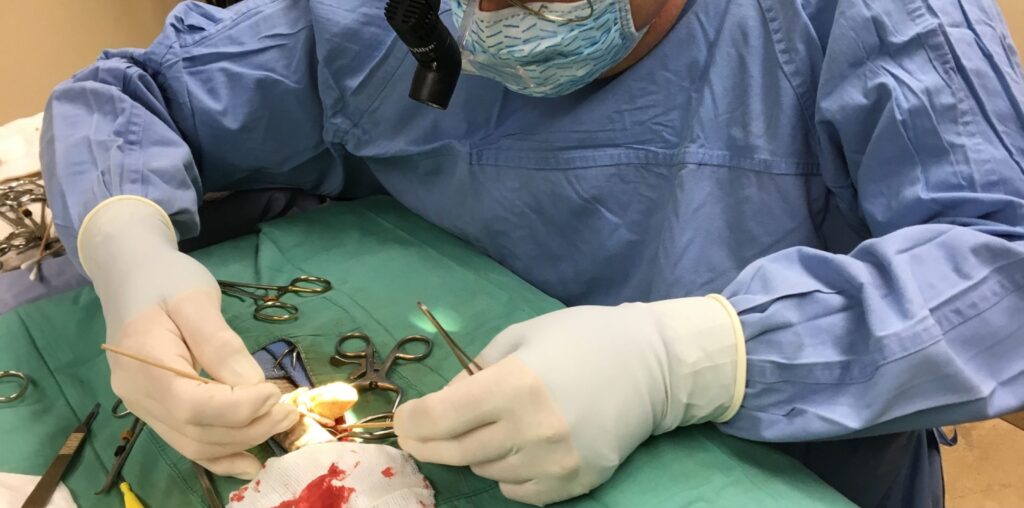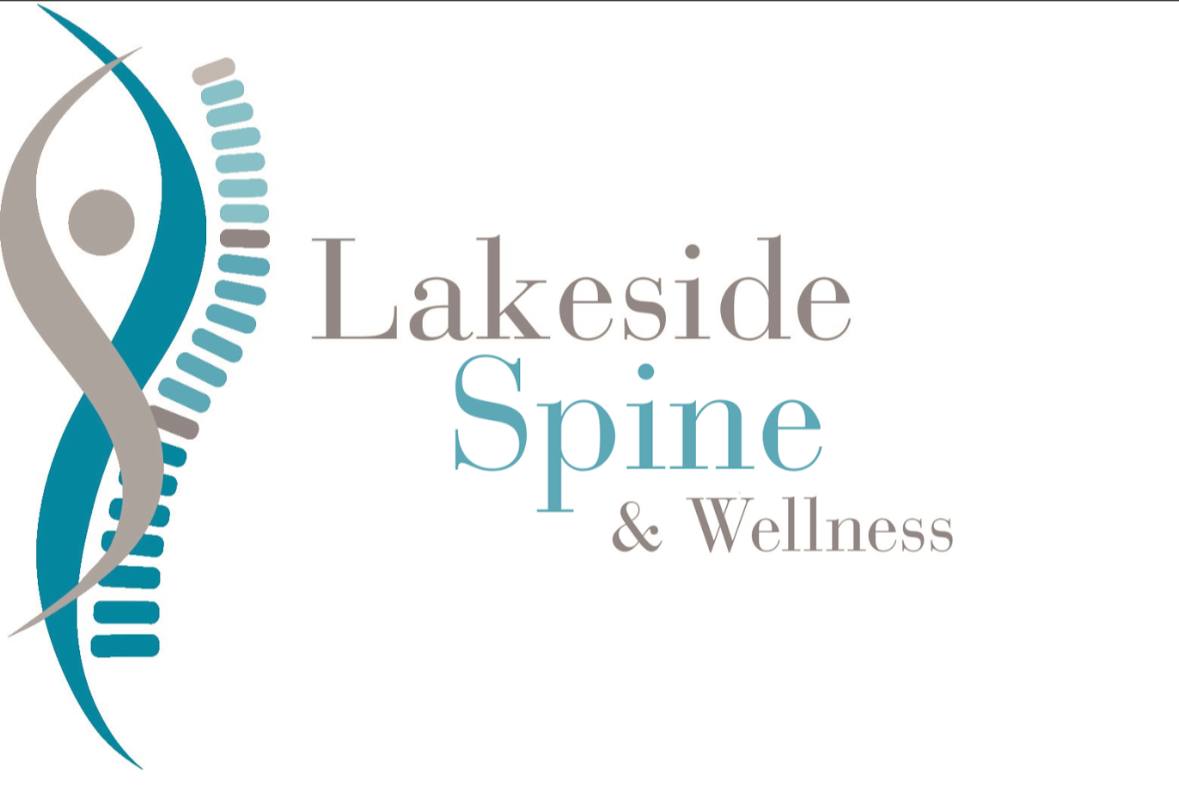Wild animals should get the necessary medical treatment when they are injured or sick, just like domestic dogs. Many of them have to undergo specialized procedures because of life-threatening diseases if they are to live. In such cases, wildlife surgery is very necessary. Veterinary medicine’s specialized area is committed to provide wild animals exact and compassionate care. Not only to treat animals, but also to bring them back to maximum condition so they could return to their native environment. Unexpected injuries, rare species, and critical situations abound in the work of wildlife surgeons. From complex surgeries to roadside saves, every operation supports more general conservation projects. This article will address 10 commonly asked questions about wildlife surgery and its part in conserving and safeguarding wild animal populations.
Wildlife Surgery: What Is It?
Performing surgical treatments on wild animals to heal wounds, diseases, or deformities is known as wildlife surgery. Surgeons treat creatures from woods, seas, and cities, including birds, reptiles, and mammals. These treatments also aid in the restoration of normal function and mobility. In contrast to domestic animals, wild species may require a precise and rapid recovery in order to live in the wild. In order to offer animals a second shot at life, this area combines science, expertise, and compassion.
Wildlife Surgery: Who Does It?
Veterinary surgeons with specific training handle wildlife surgery. They usually operate in zoos, sanctuaries, animal rescue groups, or specialized veterinary clinics. Many also assist threatened animals by working with environmentalists and researchers. These professionals know the anatomy and behavior of wild animals very well. They follow strict ethical standards yet often work in unusual environments. Every circumstance calls for accuracy, patience, and a deep awareness of how different animals respond to therapy.
What Kinds of Wildlife Surgery Are Performed on Animals?
Numerous wild creatures, such as birds, deer, turtles, foxes, and marine life, undergo surgery. Additionally, even exotic pets like sugar gliders or iguanas can require specific care. Healing without domestication is the aim. In order for animals to finally return to their original habitat, surgeons work to maintain their wild instincts. Every procedure is different in wildlife clinics because of the unpredictable combination they frequently see. There are seldom two examples that are exactly alike.
Which Surgery Procedures Are Most Frequently Performed?
The most frequent procedures include internal surgery, tumor excision, wound closures, and fracture repairs. Surgery may also be necessary to cure infections, remove foreign objects, or fix congenital abnormalities. Buoyancy correction is also common in aquatic creatures. The animal’s post-operative survivability in the wild is taken into account during each surgery. In order to lessen stress, wildlife surgeons frequently use portable tools and quick methods. These operations restore ecological equilibrium in addition to saving lives.
What Distinguishes Surgery for Wildlife from Surgery for Pets?
While pet surgery usually involves post-operative home care, wildlife surgery stresses a quick, safe recovery free from human dependency. Veterinarians working with wild animals frequently avoid anesthesia until absolutely necessary in order to reduce stress. Complicating things even more is the inability of wild animals to communicate suffering or follow instructions. From diagnosis to recuperation, the entire process is tailored to maintain the animal’s freedom and wildness. There is little room for error, and the stakes are higher.
How Do Wildlife Surgeons Get to See Animals?
Usually rescue injured animals are wildlife rehabilitators, animal control, or good samaritan. Furthermore sent could be animal urgent care facilities devoid of wild animal concentration. Some animals find their habitat destroyed, natural disasters occurring nearby, or accidents by the side of the road. Transportation has to be quick and stress-free. The veterinary team checks whether surgery is required after admission using physical examinations, X-rays, or ultrasounds. Effectiveness of results depends on timing.
Can You Get Better After Surgery?
Indeed, many animals heal completely and go back to their natural habitat. Physical rehabilitation, pain treatment, and monitoring in supervised settings are all part of post-surgery care. Surgeons also reduce long-term reliance on people. To make sure the animal regains full mobility and behavior, recovery is continuously monitored. Some animals find refuge at wildlife centers if their reintroduction into the wild is not feasible. Restoring the animal’s capacity for independent survival and growth is always the aim.
Can Surgery Be Performed on Any Injured Animal?
Not all the time. Before operating, wildlife surgeons evaluate the species, age, degree of injury, and likelihood of recovery. Decisions about surgery might also be influenced by pre existing medical issues and stress levels. Sometimes the most compassionate course of action is gentle euthanasia. Veterinarians balance the dangers and quality of life after recovery with the advantages of surgery. Every decision is made with ethics in mind, guaranteeing that interventions put the animal’s welfare and natural behavior first.
Which Instruments and Methods Are Employed in Wildlife Surgery?
Veterinarians make use of portable diagnostic gadgets, lightweight anesthetic machines, and specialized surgical instruments. Additionally, wildlife surgeons modify human surgical procedures for use with wild animals. Imaging tools, micro-instruments, and laser surgery are frequently used. Rapid processes and sterile environments help prevent infection. As veterinarians gain knowledge from every case, techniques are always evolving. Precise, low-impact procedures that encourage a speedy, healthy recovery without interfering with the animal’s innate inclinations are the aim.
How Can Wildlife Surgery Be Supported by the Public?
By providing money to rescue groups, promoting awareness, and reporting wounded animals as soon as possible, you can support Wildlife Surgery. Additionally, drive cautiously close to wildlife areas, prevent littering, and aid with conservation projects. Every tiny effort helps to preserve biodiversity and provide injured animals with a second shot at life. Funding and public education are essential. The more people realize how important animal health is, the more efficiently situations can be handled.
Conclusion
In order to preserve and maintain wild creatures, wildlife surgery is essential. It treats injuries that could otherwise be fatal by combining veterinary expertise, contemporary equipment, and compassion. Many animals get serious injuries from traffic accidents and natural calamities that call for professional care. Additionally, by providing these animals a second shot at life, wildlife surgery promotes conservation. It frequently makes it possible to return to the wild by bridging the gap between injury and complete recuperation. The delicate balance between the effect of humans and the resilience of nature is highlighted by this practice. Whether the intended outcome is to fix a damaged limb or eliminate harmful objects, every surgical effort counts. We have to help and inform ourselves on wildlife surgery if we are to protect biodiversity and provide a decent world for next generations.



